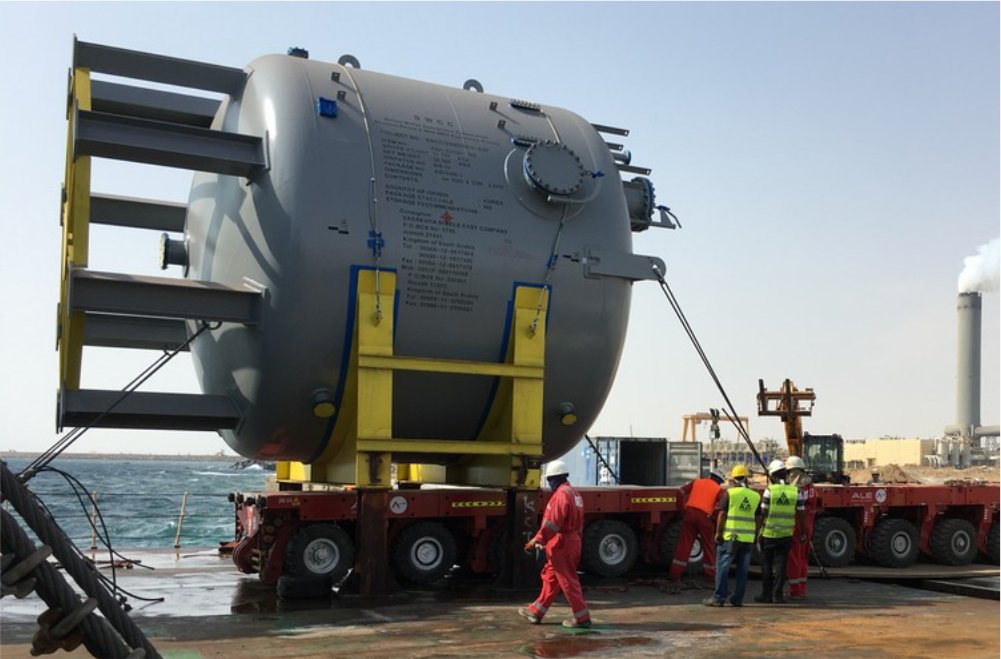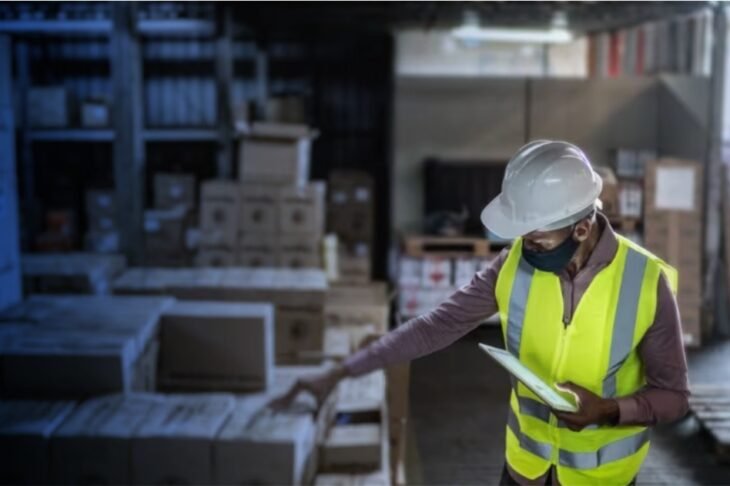
Tips to Handle Project Cargo : Securing and Protecting Speciality Goods
Transporting huge and specialised materials for significant projects? Comprehend it easier with the help of Project Cargo services.
We will examine the complexities of project cargo handling and the techniques used to make sure that these priceless items are transported successfully and safely in this blog.
What is Project Cargo ?
Transporting heavy or unusual materials that need special care, preparation, and execution for significant projects in a variety of industries is referred to as Project cargo.
This type of cargo services is different from standard freight as it involves items that cannot be easily transported using conventional methods.
It includes other equipment used in infrastructure development, construction, energy, and other industries.
Project cargo transportation presents unique challenges and complexities due to its size, weight, and special handling requirements.
It requires expertise and experience in project cargo handling to ensure that the cargo is delivered safely and on time to its destination.
There are various ways to transport project cargo. The most common modes of transport are by Air, Sea, Rail, & Road.
Shipping project cargo services by sea freight is one of the most economical modes of international transport. While shipping via air is typically more expensive as it requires a dedicated charter plan.
Now let’s look into the :
Range of Specialized Goods in Project Cargo Services

- Industrial machinery: This includes heavy machinery such as cranes, excavators, bulldozers, and other equipment used in construction and industrial projects.
- Oversized Equipment: Certain projects require the transportation of oversized items that cannot be disassembled or easily transported by standard means.
- Heavy vehicles: This includes large trucks, buses, and other vehicles used in transportation and construction projects.
- Aerospace and Aviation Equipment: The transportation of aircraft components, such as wings, fuselages, engines, and satellites, falls under the category of project cargo.
- Energy equipment: This includes wind turbines, generators and transformers.
Now, let’s unveil 6 Must-Have Techniques for Safeguarding Your Precious Cargo

-
Thorough Risk Assessment:
Before initiating any project cargo shipment, conduct a comprehensive risk assessment to identify potential hazards and challenges specific to the cargo.
Consider factors such as fragility, sensitivity to environmental conditions, weight distribution, and any handling limitations. By understanding the risks involved, you can develop appropriate strategies and precautionary measures to mitigate them effectively.
-
Customized Packaging:
Specialized goods often require custom packaging to ensure their safety during transit. Work closely with your clients to design and develop packaging that meets the unique requirements of the cargo.
Utilize appropriate materials, such as shock-absorbing technologies, reinforced structures, or temperature-controlled containers. Customized packaging minimizes the risk of damage or deterioration, providing optimal protection for the cargo.
-
Proper Loading and Securing Techniques:
Implementing proper loading and securing techniques is crucial to prevent shifting or damage to project cargo during transit. Use appropriate equipment, such as cranes, forklifts, or specialized handling machinery, to ensure careful loading and unloading.
Employ securing methods such as bracing, lashing, or blocking to immobilize the cargo within the transportation vehicle or container. Proper weight distribution and balance are also essential to maintain stability throughout the journey.
-
Specialized Handling Equipment:
When dealing with project cargo, specialized handling equipment may be required to ensure safe and efficient transportation. This can include heavy-duty cranes, flatbed trucks, or hydraulic trailers designed to handle oversized or heavy cargo.
Investing in the right equipment and training your staff on its proper use helps minimize risks and ensures the cargo is handled with utmost care and precision.
-
Utilize Monitoring and Tracking Systems:
Implement advanced monitoring and tracking systems to maintain real-time visibility of project cargo during transit. Use technologies such as GPS tracking, temperature and humidity sensors, or security surveillance systems to monitor the cargo’s condition and location.
These systems allow for immediate response in case of any deviation from planned routes, ensuring quick intervention and reducing potential risks.
-
Collaboration with Trusted Partners:
Collaboration with trusted partners is essential in ensuring the successful handling of project cargo.
Work with reliable vendors, freight forwarders, and logistics providers who have expertise in project cargo handling.
Their specialized expertise and experience improve the security and protection of the specialized items by facilitating the smooth coordination and effective execution of the transportation procedure.
Finding Your Ideal Project Cargo Logistics Partner

Choosing the right logistics partner to handle project cargo is critical to the success of your project.
Choose a logistics partner who has experience handling project cargo. Examine their portfolio, case studies, and client recommendations to gauge their experience.
They ought to be reachable, accommodating, and prompt in providing updates on the whereabouts, condition, and any problems of the cargo.
Transportation of project goods necessitates adherence to a number of laws and compliance standards, including customs clearance, paperwork, and safety requirements.
Make sure that the logistics partner has the authorizations, credentials, and license required to operate in the nations where your transportation will take place.
Even though cost is important, it shouldn’t be the only aspect taken into account when choosing a logistics partner. Find a partner who adds value by delivering tailored solutions, reducing risks, and improving the shipping procedure.
A planned strategy and the application of specialized techniques are required for project cargo security and protection throughout the shipping process.
To ensure the safe and secure transportation of project cargo, it is essential to follow these techniques and strategies.
By adopting these measures, shippers can protect their valuable project cargo and ensure that it arrives at its destination safely and on time.
Contacting a dependable partner for your demands, such as Gallop Shipping, is an additional crucial step. Coordination, specialized solutions, and risk reduction for the goods can all be ensured in this way.


